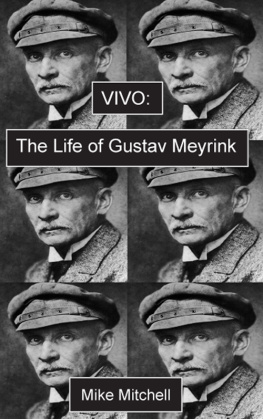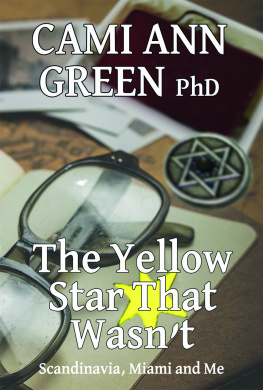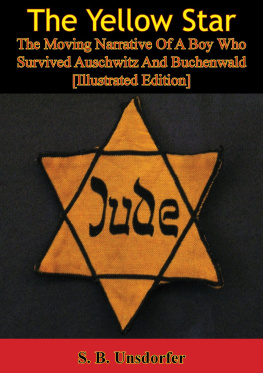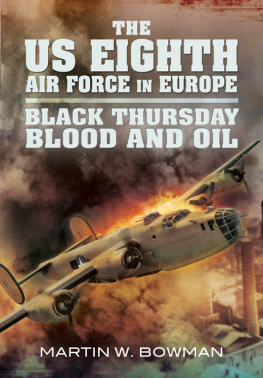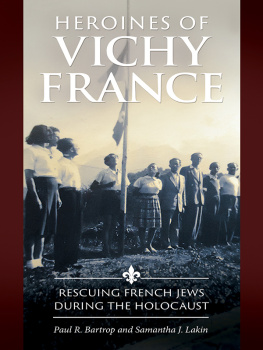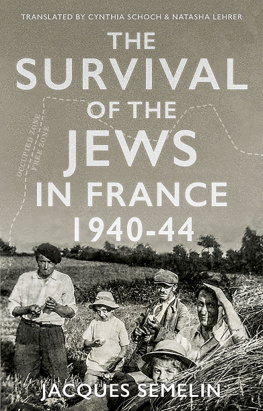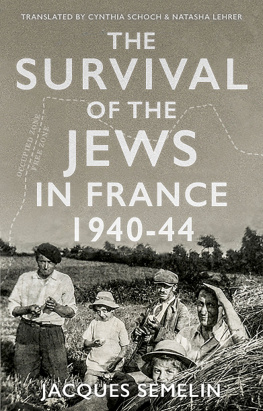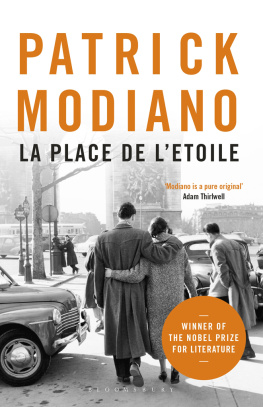Mitchell Mike - Operation Yellow Star / Black Thursday
Here you can read online Mitchell Mike - Operation Yellow Star / Black Thursday full text of the book (entire story) in english for free. Download pdf and epub, get meaning, cover and reviews about this ebook. City: France, year: 2017, publisher: DoppelHouse Press, genre: Science fiction. Description of the work, (preface) as well as reviews are available. Best literature library LitArk.com created for fans of good reading and offers a wide selection of genres:
Romance novel
Science fiction
Adventure
Detective
Science
History
Home and family
Prose
Art
Politics
Computer
Non-fiction
Religion
Business
Children
Humor
Choose a favorite category and find really read worthwhile books. Enjoy immersion in the world of imagination, feel the emotions of the characters or learn something new for yourself, make an fascinating discovery.

- Book:Operation Yellow Star / Black Thursday
- Author:
- Publisher:DoppelHouse Press
- Genre:
- Year:2017
- City:France
- Rating:3 / 5
- Favourites:Add to favourites
- Your mark:
- 60
- 1
- 2
- 3
- 4
- 5
Operation Yellow Star / Black Thursday: summary, description and annotation
We offer to read an annotation, description, summary or preface (depends on what the author of the book "Operation Yellow Star / Black Thursday" wrote himself). If you haven't found the necessary information about the book — write in the comments, we will try to find it.
Operation Yellow Star / Black Thursday — read online for free the complete book (whole text) full work
Below is the text of the book, divided by pages. System saving the place of the last page read, allows you to conveniently read the book "Operation Yellow Star / Black Thursday" online for free, without having to search again every time where you left off. Put a bookmark, and you can go to the page where you finished reading at any time.
Font size:
Interval:
Bookmark:
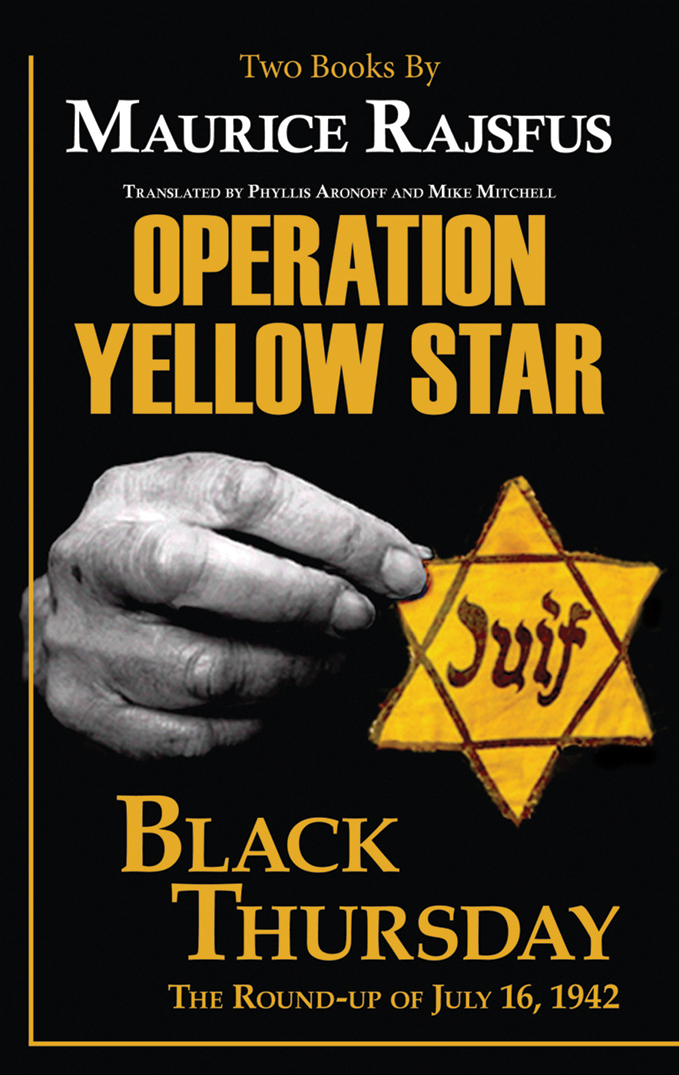


TWO BOOKS BY
Maurice Rajsfus
Operation Yellow Star
Translated by Phyllis Aronoff and Mike Mitchell
Black Thursday, The Roundup of July 16, 1942
Translated by Phyllis Aronoff
Copyright DoppelHouse Press 2017
All translations of primary and secondary material, unless otherwise noted, are by the translators. Authors Preface and Note translated by Phyllis Aronoff. Interview with Maurice Rajsfus translated by Isabelle Sells.
Opration toile Jaune suivi de Jeudi Noir
Copyright LE CHERCHE MIDI EDITEUR
ISBN 978-09978184-1-3 (ebook)
DESIGNED BY Curt Carpenter

Contents
Table of Contents
The worst is never sure, but it is always possible
THE YELLOW STAR AND THE RED LANYARD
A S A SURVIVOR of the racial hatred unleashed upon occupied Europe by the troops of Nazi Germany in the late spring of 1940, I long hoped there would be a publisher in that country, now a democratic nation, that would inform young Germans of the results of the Nuremberg race laws decreed by Adolf Hitler in 1935. Of course, I was not expecting a German publisher of the twenty-first century to express regret for the genocide committed against the Jews during World War II, but publishing the book would have sent a message: Never again such horrors in the name of the German people. That did not happen. What a shame!
I remember in the late 1990s accompanying various groups of German students visiting the camp at Drancy, where the Jews who had been rounded up were taken before being transported to the death camps. I always pointed out to them that a person didnt have to be German in those times to behave like a Nazi.
I can only rejoice that my historical research is being recognized by an American publisher. I see this as symbolic in that country where, in 1942, Black people were still victims of racial segregation, while thousands of Japanese families who had lived there for many years were interned in concentration camps following the outbreak of war between the U.S. and Japan. Quite clearly, there is no comparison with Nazi Germany, but the existence of such racist and xenophobic measures in that indisputable democracy during the presidency of Franklin Roosevelt casts doubt on the quality of American democracy.

Some seventy-five years ago, on May 29, 1942, a Nazi ordinance made it obligatory for Jews six years of age and older in the Occupied Zone of France to wear a yellow star prominently displayed on their chest. This racial violence was carried out by French police officers who were not inclined to question the orders of the occupation authorities. It should be noted that the tens of thousands of French policemen who sadly distinguished themselves by their zeal in acting as reinforcements for the Gestapo were never judged for their participation in that shameful policy of branding that harked back to the anti-Jewish hatred of the Middle Ages. How can one forget that, a few weeks later, these same policemen would be responsible for carrying out the roundups that would fill the extermination camps of eastern Europe?
After two years of German occupation punctuated with xenophobic and racial laws and numerous prohibitions, the yellow star made it possible, finally, to identify potential victims for a hate-filled police force that was always ready to hunt down pariahs. There would never be a trial of the French police institution, although it was faithful to the orders of the Nazi authorities. The Paris police, in particular, who were solely responsible for the roundups of May 14 and August 20, 1941, and July 16, 1942 (known as the Vl dHiv roundup), those carried out in September, October and November 1942 of Greek, Hungarian and Romanian nationals, who had until then been spared, and a massive roundup on February 10, 1943. There were also many smaller-scale police operations. These inhuman bullies would be decorated with the Fourragre Rouge, the Red Lanyard (a collective Legion of Honor), by General de Gaulle on October 14, 1944, after the liberation of France.
Now that this book is being published in the United States, it should serve as a challenge to those citizens whose prejudices against Blacks and Latinos are still cause for concern. History tells us that while genocides have not been rare, the destruction of the European Jews, to use the American historian Raul Hilbergs words, represented an attempt to carry out the industrial elimination of an entire, purportedly ethnic, human group. This occurred in the face of a certain indifference on the part of the people of the countries concerned. To allow it to be forgotten would be an insult to the victims of this tragic past.
The French are committed to the Declaration of the Rights of Man of August 26, 1789: Men are born and remain free and equal in rights. Social distinctions may be founded only upon the general good. This is different from the United States Declaration of Independence, July 4, 1776, which shows no interest in the situation of the American Indians or the Black slaves on the cotton plantations. The same omission is apparent in the Bill of Rights of December 1791. Furthermore, the second amendment recognizes the right of every citizen to keep and bear arms, while expressing no concern for oppressed minorities.
The fact remains that the United States, along with the other countries of the Free World, voted in favor of the Universal Declaration of Human Rights in the United Nations General Assembly on December 10, 1948. Articles 3 and 4 of the Declaration state: Everyone has the right to life, liberty and security of person and No one shall be held in slavery or servitude; slavery and the slave trade shall be prohibited in all their forms. This seems perfectly natural today, yet many countries fail to respect this fundamental text even though they are members of the United Nations.
While we must make sure that the abominations described in this book are never again perpetrated against the same victims, we must also remain vigilant with regard to the treatment of other groups of people while our democracies look on in embarrassed or shamed silence. As Berthold Brecht warned at the end of World War II, Though the bastard is dead, the bitch that bore him is again in heat. These words are still true today, at a time when the enemies of human rights are once more gaining ground.
Operation Yellow Star, conducted by the French police, did not begin on June 7, 1942, with the application of the recent 8th Nazi ordinance of May 29, 1942. The founding act unquestionably goes back two years to the conditions of the armistice signed on June 22, 1940, and in particular to Article 3, which states:
In the occupied parts of France, the German Reich exercises all rights of an occupying power. The French Government obligates itself to support, with every means, the regulations resulting from the exercise of these rights and to carry them out with the aid of the French administration.
All French authorities and officials of the occupied territory, therefore, are to be promptly informed by the French Government to comply with the regulations of the German military commanders and to cooperate with them in a correct manner....
Font size:
Interval:
Bookmark:
Similar books «Operation Yellow Star / Black Thursday»
Look at similar books to Operation Yellow Star / Black Thursday. We have selected literature similar in name and meaning in the hope of providing readers with more options to find new, interesting, not yet read works.
Discussion, reviews of the book Operation Yellow Star / Black Thursday and just readers' own opinions. Leave your comments, write what you think about the work, its meaning or the main characters. Specify what exactly you liked and what you didn't like, and why you think so.

